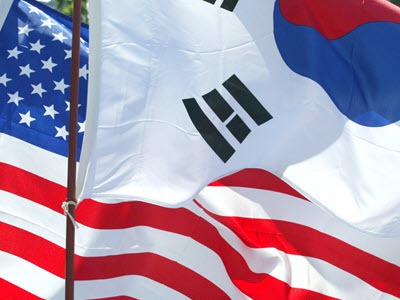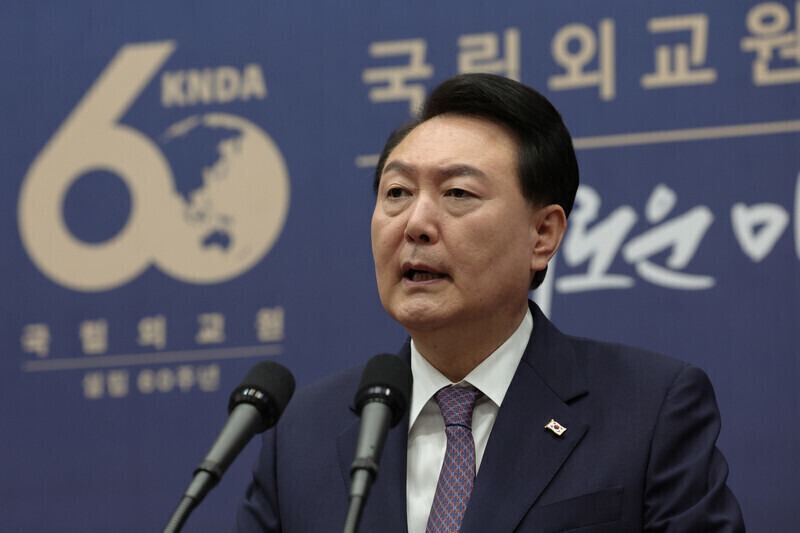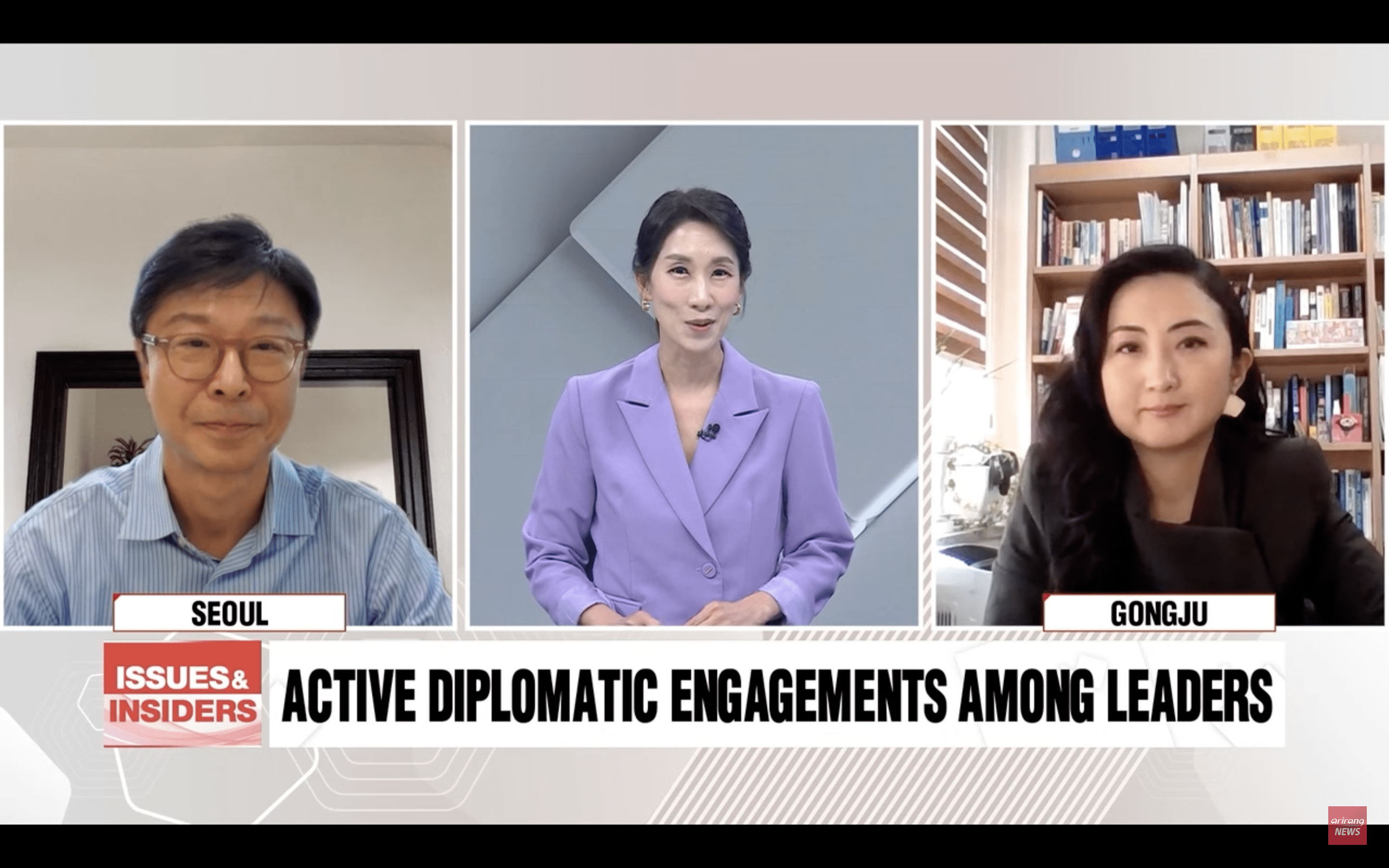U.S.-ROK Cooperation on Civilian Nuclear Energy
THE NATIONAL BUREAU OF ASIAN RESEARCH
APLN member Yongsoo Hwang argues that the United States and the ROK should take advantage of the ROK’s existing robust supply chain for nuclear design, construction, and operation to fully compete with Russia and the PRC in time and cost. The original article can be accessed on the NBR website here. This essay is part of the roundtable “U.S.-ROK Cooperation on Energy and Critical Minerals Supply Chains.”
After the announcement of the Atoms for Peace program by President Dwight D. Eisenhower on December 8, 1953, the United States promoted the peaceful application of the nuclear chain reactions to produce tech-driven electricity. Despite harsh societal and economic conditions after the total devastation of the Korean War, the Republic of Korea (ROK) was able to cultivate genuine nuclear engineers at that time.
With the strong support of the United States, the ROK decided to introduce commercial-scale nuclear power stations in the 1970s. Since the inauguration of the Kori Unit 1 in 1978, the ROK has profoundly enhanced its civilian nuclear energy capacity. In the 1990s, it made a special commercial arrangement with Combustion Engineering to develop a new domestic reactor, the OPR-1000, which was followed by the APWR-1400. This effort has been commercially successful, resulting in the export of four APR-1400s to the United Arab Emirates (UAE). Now the ROK is working hard to explore other possibilities for the export of the APR-1400s on the global market.
The true spirit of Atoms for Peace, however, has been challenged by the series of illicit efforts to develop nuclear weapons. After India’s first nuclear test, global leaders decided to add nuclear nonproliferation and security to Atoms for Peace. Even though loopholes have occasionally been created, the backbone of the modified initiative has proved to be strong.
Global aspirations to achieve net zero by 2050 and Russia’s war with Ukraine, however, have posed new challenges to the core of Atoms for Peace. Unfortunately, the nuclear industry in the Western Hemisphere no longer has the capacity to build a new nuclear power station on time and within budget. The recent construction of two nuclear power units by Westinghouse for Georgia Power was delayed by a decade and cost $35 billion for only two pressurized water reactors, each with one gigawatt of electrical output. In addition, the United States no longer has the capability to produce genuine low enriched uranium.
By contrast, Russia and the People’s Republic of China (PRC) have continuously supported Rosatom State Nuclear Energy Corporation and the China National Nuclear Corporation (CNNC), respectively. Rosatom dominates the market in Turkey, India, Bangladesh, Egypt, and other countries with its VVER-1200 reactor, providing enrichment and fuel manufacturing services as well as final spent nuclear fuel management service, if required. CNNC is following the same track in Turkey and Pakistan. The PRC is also trying hard to penetrate into Middle Eastern markets such as Saudi Arabia. Such efforts to enter countries and regions with special geopolitical interests have raised significant concerns for the United States.
Nuclear exports are no longer truly limited to commercial interests and could create loopholes for regions with high geopolitical uncertainties. Now it is time for the global community to create new norms of Atoms for Peace. This requires a joint effort from the United States and its key allies. The United States should serve as the core country to provide key technologies, conduct diplomatic efforts, and craft financing measures with tighter controls for nuclear nonproliferation and security system development. A key ally should provide the robust supply chain.
The ROK is the sole state among U.S. allies that can reliably perform this role. The real capacity of its supply chain to deliver systems on time and within budget has been well recognized in the UAE. The ROK has also teamed up with the United States to promote a culture of nuclear nonproliferation and security. In fact, the ROK’s implementation of the Additional Protocol and the nuclear export controls in both its domestic operations and the UAE has made it a global role model for other non–nuclear weapons states.
At this moment, the most urgent priority is to create a new strategic consortium between the U.S. and ROK nuclear industries against Rosatom and CNNC. The legislatures in both the United States and the ROK need to act swiftly to introduce a resolution to establish such a consortium, including the following three measures:
- The two countries should maximally take advantage of the existing robust supply chain in the ROK for nuclear design, construction, and operation to fully compete with Russia and the PRC in time and cost.
- Legislators in Washington should develop a special financial package for innovating the U.S.-based enrichment service, which is critical to eventually halt Russia’s aggressive nuclear fuel export system. The ROK can support the U.S. move to ensure the stable supply of low enriched uranium via a long-term financial contract.
- The two nations should authorize and fund the establishment of joint training programs to disseminate a culture of nuclear nonproliferation and security for the newcomers in the Middle East, Southeast Asia, Africa, and other regions as early as possible.
A joint legislative effort by the United States and the ROK to create a consortium between the U.S. and ROK nuclear industries is the cornerstone of any effort to further upgrade the original spirit of Atoms for Peace for new generations.




